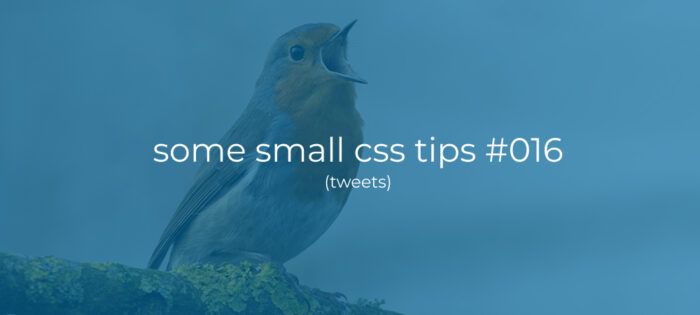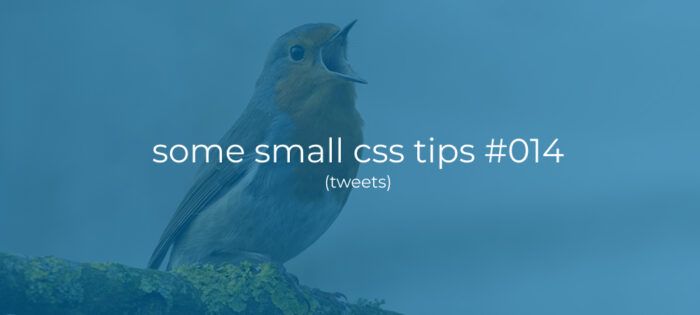Creating a related posts template part with WP_Query.
In this article I’d like to show you how you can make a “related articles” section like the one i have below the articles on my own website.
On my website I have categorized articles into three categories: Tutorials, Snippets, and Digest articles. I use the build in category feature of WordPress to assign articles to their corresponding category. Below each single post I display the three latest posts from the same category, or categories, as the post itself excluding the post displayed on the page itself.
To filter these posts I use WordPress’s WP_Query class. This class offers many many arguments that you can mix and match to get just the posts you need. I highly recommend you take the time and read through the docs because the WP_Query class is a very powerful tool to have in your tool belt.
With that said, let’s build our own related posts template part.
The template part
To start of our new section we need to create a new template part file called relatedposts.php. I created it in a folder called “parts” but you can place it anywhere you like. We then need to include it in our single.php template file. For this we can use the get_template_part function and call it somewhere below our main content section with the snippet below.
The get_template_part function takes a single string argument being the path to our template part file relative to our theme’s folder, and without the .php extension
Html markup
With our template part file included we can start adding the Html markup. Copy the markup below into our relatedposts.php file.
This markup adds a wrapper div with three “item” div’s each containing a linked placeholder image and a linked H5 posts title.
Adding some style
To make our related posts look somewhat presentable we can add the Css styles below.
The above Css creates a three collumn Css grid layout with 40px gutters. It also makes the images responsive and adds some margins. Resulting in a layout like shown in the image below.

Fetching posts with WP_Query
Now we want to get the three latest posts from the same categories as the current post, excluding the current post itself. For this task we can use the WP_Query class. With the WP_Query class we can query the database for posts based on a list of requirements like shown in the code below.
Here we create a new instance of the WP_Query class and pass it a single argument being an array with the following parameters:
- post_type: The post type we want to select. In our case we want posts, so we pass post.
- category__in: A list of categories the posts can belong to. Here we use the wp_get_post_categories function combined with the get_the_ID function to get an array of categories assigned to the current post. This will get us posts that are in the same categories as the current post.
- post__not__in: An array of posts to exclude from the results. In our case we pass an array with the ID of the current post.
- posts_per_page: The number of posts to return. In our case we need three posts so we pass a 3.
- orderby: How to order the posts. We want the latest posts so we pass date.
This call to the WP_Query class should give us a instance of this class stored in a variable called $related_query. This instance includes the post we want. Now we just need to show them on the page.
Loop through the posts
To show the results from our query we need to set up a custom loop. This loop is pretty similar to a standard WordPress loop. But instead of calling template tags we have to call these functions as class methods on our new $related_query instance. E.g. have_posts() will become $related_query->have_posts().
First let’s initialize the loop like shown below.
Here we first check if our query has found any posts by using the have_posts method. If so, we open our grid container div and start the loop with a while loop with the same have_posts method.
Inside the loop we use the the_post method to set up the post data. This sets the $post global to the current post in the loop so we can use the standard template tags.
After our loop we use the wp_reset_postdata function. This function restores the $post global to the current post in the main query.
Now let’s output our post data inside the loop.
With each iteration of the loop we add a div with a grid-item class. Inside this div we use the the_permalink and the_post_thumbnail functions to add the posts featured image with a link to the post.
Then we use the the_permalink and the_title functions to add a linked H5 element with the posts title.
All this should give us a output like shown in the image below.

Completed code
Below you’ll find the completed code for this article so you can adapt it for use in your own theme.
As you can see the WP_Query class is a very powerful tool. and again I would recommend you read up on its documentation to save yourself some headaches and stack-overflow questions in the future.
Comments?
If you want to leave a comment, please do so under the copy of this article on Dev.to so i can get back to you.
Follow me on twitter @Vanaf1979 or on Dev.to @Vanaf1979 to be notified about new articles, and other WordPress development related resources.
Thanks for reading



